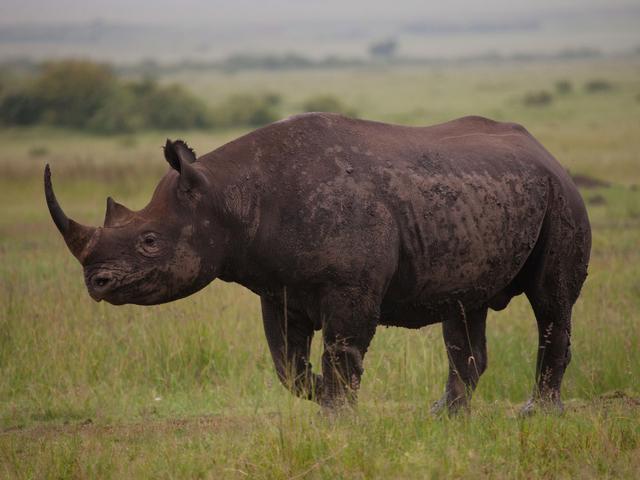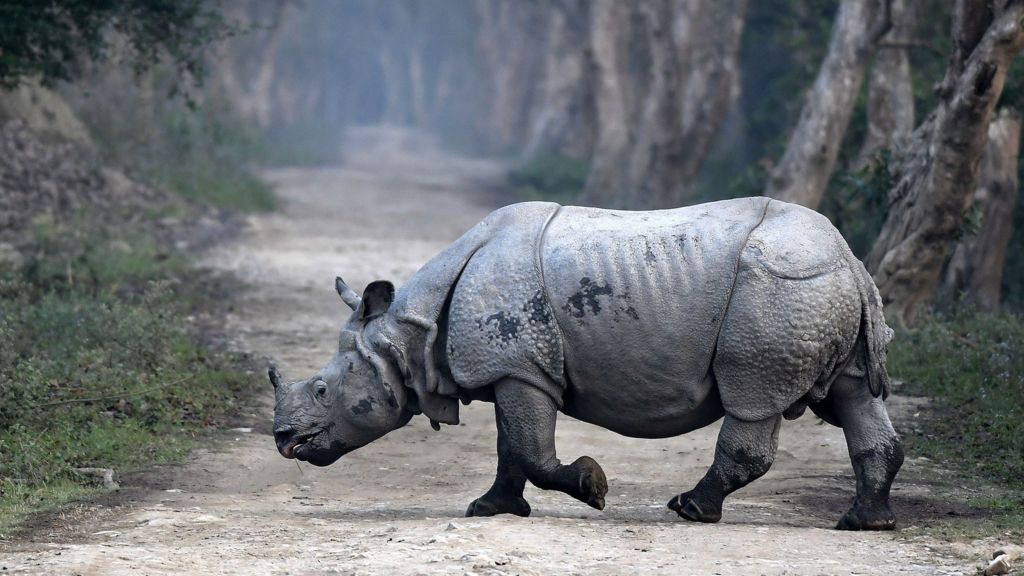Rhino's Conservation
Posted on September 22nd, 2020
.jpeg)
Regardless of its conservation status, each species faces dangers ranging from poaching to floods to overcrowding in protected areas. But it’s not all bad news, with conservation efforts sparking an upturn in numbers for several species and subspecies. Even in the most seemingly desperate cases, small victories can be found.
- China rescinds, then reinstates, rhino horn ban
On Nov. 12 2018, the Chinese government maintained the ban on use of rhino horns and tiger bones after facing criticism from the conservationists for re-allowing the use of these animal body parts.
Activists expressed relief, but remain watchful.

- New Sumatran rhino captive breeding effort gets underway
On Sept. 20, 2018 — just ahead of World Rhino Day — a coalition of international conservation organizations announced the official launch of Sumatran Rhino Rescue, an effort to support the Indonesian government’s captive breeding program for the Critically Endangered species. In the year since, a number of significant steps have been taken.
- Reckoning with success in Nepal
Nepal has enjoyed extraordinary success at boosting the population of its greater one-horned rhinos. But this past year brought a reckoning.
Problem is becoming apparent in Chitwan, the country’s main rhino sanctuary. Although poaching has been virtually eliminated, rhinos have not stopped dying. The spike in unexplained deaths has led some to speculate that Chitwan has reached its carrying capacity for the species.
.jpeg)
- Black Rhinos get new Homes
Efforts to reintroduce black rhinos to areas in which previous populations were wiped out by conflict or poaching have met with mixed success.
Conservation efforts helped bring black rhino numbers from below 2,500 in the 1990s to more than 5,000 today, and despite the challenges, efforts are ongoing to reintroduce the species across its former range.
- India's One-Horned Rhino Succesful campaign
Successful conservation efforts have led to an increase in the number of greater one-horned (or Indian) rhinos, from around 200 at the turn of the 20th century to around 3,700 today. The greater one-horned rhino is one of Asia’s biggest success stories, with their status improving from endangered to vulnerable following significant population increases.
However, the species still remains under threat from poaching for its horn and from habitat loss and degradatio
.jpeg)
- Northern White Rhinos
In Africa, southern white rhinos, once thought to be extinct, now thrive in protected sanctuaries and are classified as near threatened.
The last male Northern white rhino Sudan, died in 2018, raising concern that the subspecies was on the verge of extinction. The only two remaining northern white female rhinos Fatu & Najin are kept under 24-hour guard in Ol Pejeta Conservancy in Kenya. Around 20 eggs have been harvested from them enhancing the initiative to save them from extinction.
These are some success conservation stories but total numbers are still a fraction of the estimated 500,000 that existed in the early part of the 20th century
- Conservation Through Rehabilitation
Caring for orphaned rhino is a passionate and satisfying task for the trainees. The rhinos which are brought to the centres are frequently bleeding from attacks by poachers who have killed their mothers explaining the brutality of the poaching industry.
Rearing can involve around 15 days of constant care before rehabilitation into orphan herds, and the process is understandably emotional

- The RHODIS Intervention (Rhinos DNA Index System)
In Africa, wildlife rangers, law enforcement officials and genome scientists have instituted a DNA-based individual identification protocol which is generally a DNA based database for the identification of the rhinos. The role of RhODIS in gathering incriminating evidence against suspects is in fact fast proving to be a critical requirement.
- Game Plan For The Future
Although poaching of rhinos is not so easy today as it was earlier, one can hardly let the guard down.
In the last few years, the effort to reduce rhino poaching has been strengthened by the government and we have started seeing positive results. However, constant monitoring in terms of the modification strategy adopted by the poachers as well as by the network associated in poaching is required
We need to act.
Save the Rhino.